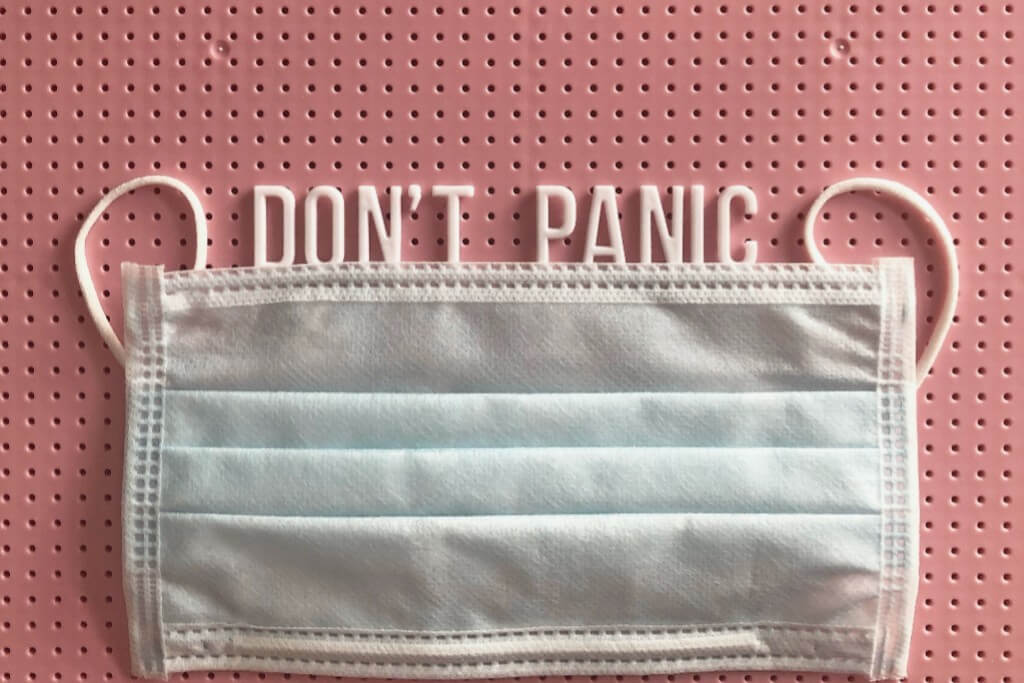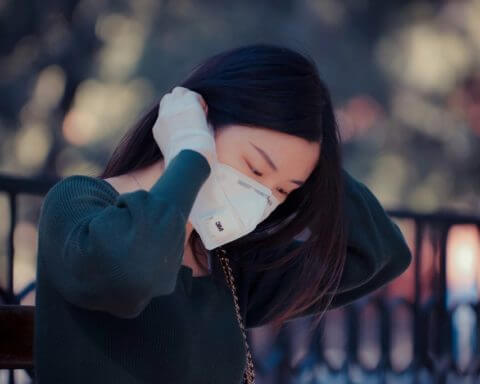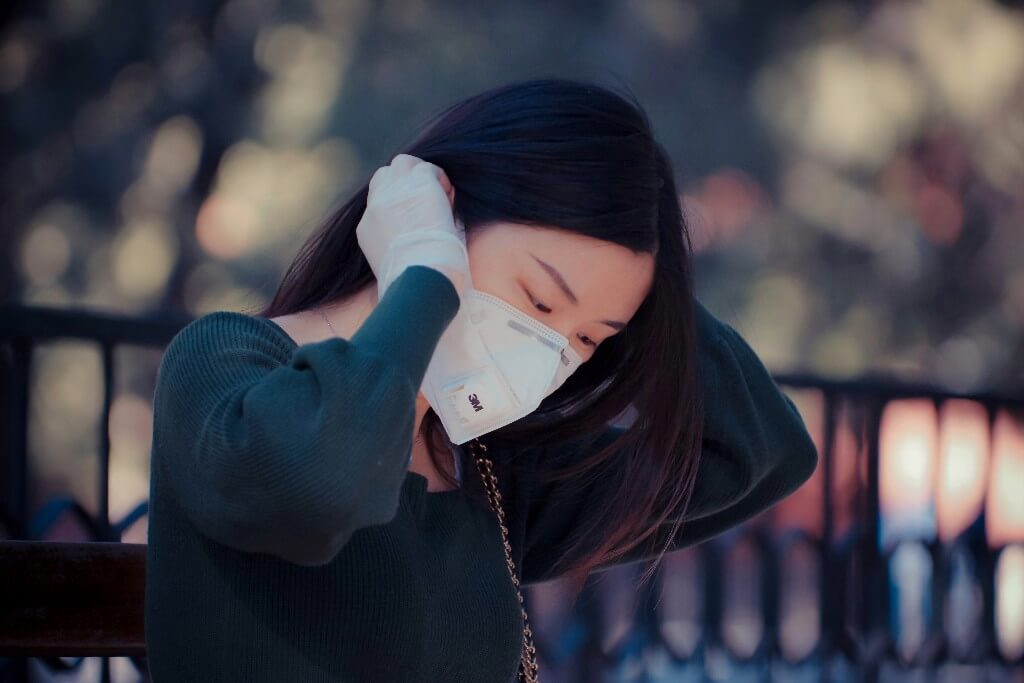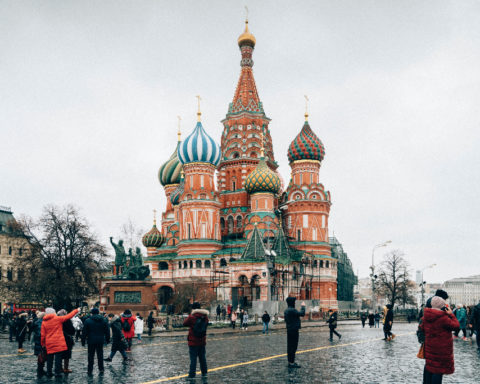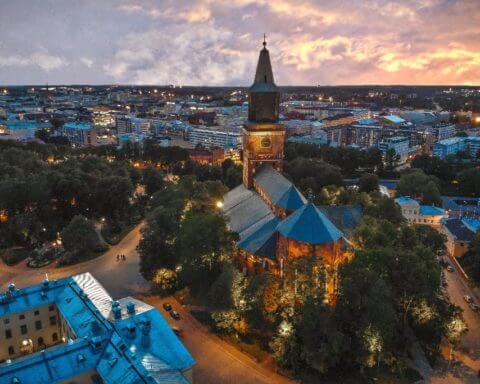While the entire world has been under self-quarantine, waiting for a coronavirus vaccine to be developed, Sweden opted for following its own path.
After the deadly disease caused by the novel coronavirus first erupted in Italy, all of Europe felt the upcoming dangers and started to either impose or encourage self-isolation and lockdown measures.
European countries, one after another, announced the closure of their borders, and asked their citizens to stay home as much as possible. Some of them declared curfews, some others shut down schools, movie theaters and museums. This whole time, all Sweden asked its people was to practice social distancing and take care of themselves.
As a person who lived in Sweden last year and is currently in Finland, I can say that the two countries have a lot in common. Shortly after the coronavirus pandemic started, some friends of mine in Helsinki claimed that Sweden would soon suspend education in schools and Finland would likely follow it. However, Sweden later announced that it had no plans of closing schools.
The Sanna Marin administration of Finland, on the other hand, did close schools, universities, museums and libraries. There were some exceptions to these measures, though. Kindergartens for students with special needs, as well as the ones with a parent serving as a doctor, police officer or a teacher, and schools up to third grade were still open. Nevertheless, the government asked parents not to send their kids to school unless it is necessary.
In Sweden, the same necessity was the justification for keeping schools open. “We have decided to keep the schools open so that parents don’t have to leave their children with grandparents due to their essential jobs and not having anyone else to look after them,” a text message from the government told people with children.
Finland also cited harms of having children stay with grandparents in its decision of keeping kindergartens and schools up to third grade open. Students in fourth grade and above were basically considered old enough to take care of themselves.
Lockdown of Uusimaa violates constitution, some claim
The biggest issues that came up in Finland during the pandemic were partially closing restaurants and bars, and issuing a lockdown on the Uusimaa region that includes the capital city, Helsinki. Because the Finnish law was not prepared for those measures. Legislation securing liberties apparently made everything harder for the Finnish government under these extraordinary circumstances.
Around 20 percent of the population in Finland are 80 years old and over. Furthermore, a majority of them live outside the Uusimaa region. That is why some Finns objected to the idea of a lockdown, saying it would violate the constitution, with most seniors denied access to proper healthcare as intensive care units in hospitals outside that region are insufficient. The government eventually made the decision, despite opposition. Of course, it also had some exceptions.
When we look at Sweden, we see that the country never introduced such legal requirements to contain the spread of the coronavirus and it even reopened the summer sections of bars and restaurants after a short while. The Swedish football federation announced that it was planning to start the season, although Prime Minister Stefan Lofven said it would be irresponsible.
Herd immunity debate
In the meantime, it was made clear that Sweden was basing its coronavirus policy on having the public gain herd immunity against COVID-19 before a vaccine is developed.
Public health experts have split on the policy. A group of them argued that Sweden would manage gaining herd immunity much faster than other countries, despite initially experiencing a high death toll and difficult times at hospitals. Another upside of the policy would be the pandemic having a less severe economic impact compared to other countries.
Johan Carlson, director of Sweden’s public health agency, is one of the politicians who believe that the number of coronavirus infections would see a decline this summer and the disease would disappear before the fall. Even if it does not, Sweden would have already reached its herd immunity goal.
The camp against the idea say that the country is taking a huge risk. Lothar H. Wieler, president of the Robert Koch Institute, recently asked how many lives are estimated to be put at risk by those adopting the herd immunity policy, while he criticized Sweden without naming it.
As they watch all these debates, Swedes don’t really seem to worry much. Because they typically treat whatever is recommended by the government as a “rule,” there hasn’t been a relatively high death toll. That said, it is a high figure compared to those of other northern European countries.
My non-Swede friends based in Sweden have all been self-quarantining. And they were determined not to send their kids to school until the remote education ended.
Swedes going out made headlines in Finland
Amid all this, I have had some interesting observations of my own. For instance, my Swedish neighbors in Finland made a habit of taking a walk every day, even though it was told not to. All the members of the family put on their gloves and walk around the neighborhood, then take their kids to the park. When I talked to them, they told me it was really hard for them to stay home all day long.
When the weather got warm in Sweden and people started to go to parks and cafes, it made headlines in Finland. Because the number of people who go out severely dropped in Finland, following restrictions. We did suffer shortage of toilet paper in stores, as well, in the first few weeks. But after a month, the media reports on people who are trying to return hundreds of toilet papers they had bought.
During this whole time, Finland saw just a few nice and sunny days. And all the public did was taking their kids to parks and going back home.
Both Sweden and Finland are against ‘test, test, test’
If you ask me if Sweden and Finland do have any similarities in terms of their coronavirus response, surely, I’d say yes. Both countries are openly against the World Health Organization’s (WHO) “Test, test, test” approach. Mika Salminen, the head of health security at the Finnish Institute for Health and Welfare (THL), said in an interview with a Finnish daily “We honestly don’t understand WHO’s recommendations on testing. We won’t be able to eradicate this disease globally anyway.”
In both countries, people are being told to stay home and self-quarantine in case you have symptoms. And when you feel sick and go to a hospital, you only get tested. If you test negative, you are likely not going to be admitted to the hospital, regardless of whether you are in bad shape.
Because of the fact that the first two tests are swab tests, they tend to come out as negative. It could sometimes lead severely ill patients to be sent home and such cases make it to newspapers.
However, it is also possible that, depending on the number of patients present at the hospital, they might place you under medical observation.
A close friend of mine told me he went to a hospital in Stockholm following after experiencing serious pain and he was taken to a special floor, even though his first test came negative, because he was displaying coronavirus-like symptoms. The floor was designated for possible coronavirus cases and they kept everyone in separate rooms. He was released the next day after his pains mostly went away, and he tested negative again. But his doctors asked him to self-quarantine for 15 days at home.
The world’s struggle with COVID-19 is far from over. Whoever has made better decisions will probably become more clear in a year’s time. Nevertheless, it is impossible to overlook the fact that Sweden has made history with its unique coronavirus policy.
**All rights reserved. Using quotes from this story requires crediting them to NOVO Gazette and adding a link to this page.

